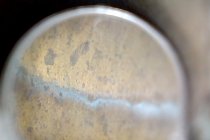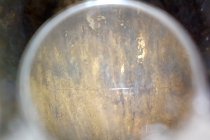


These pics show early signs of case head separation and are taken inside the case at the .200 line.
There was very little indication on the outside of the cases other than a very fine line that could have been easily missed.
To be safe, I looked inside with my borescope.
One image shows a shiny line/crack developing, the other two show dark lines that circle the interior at the .200 line.
These are 3 x fired 0.308 large rifle primer cases. The load was 43 gr IMR8208 behind a Berger 155.5 projectile (COAL 2.91). Shoulder setback was minimal from first firing, 0.001. BR2 primers.
Posted just for general interest.
Last edited:










